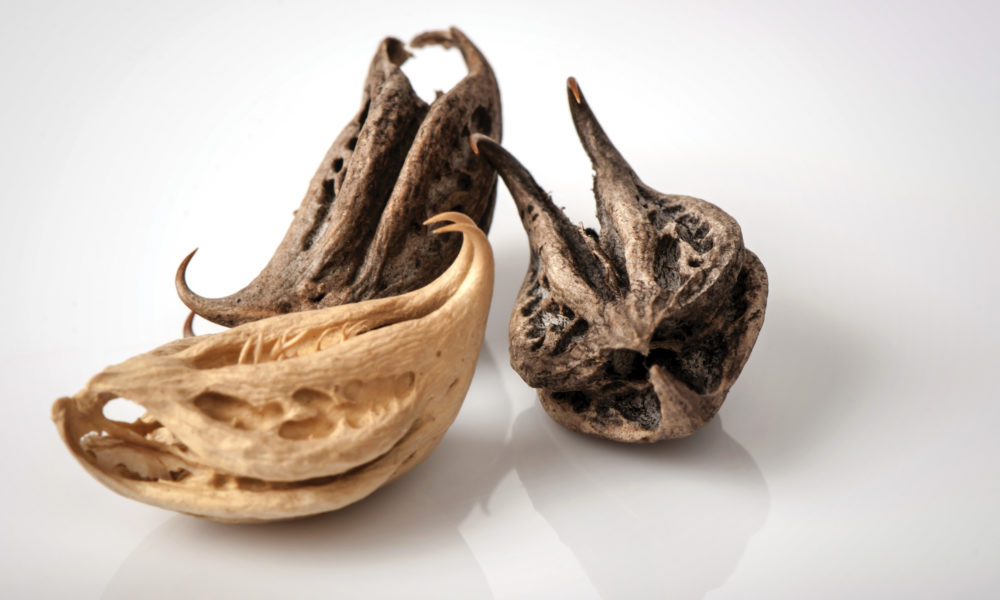

These eight overlooked herbs can help you build your best physique ever.
By George L. Redmon, PhD, ND
“Many athletes use traditional herbs for special or general effects as well as new derivatives of plant substances that deliver a powerful array of performance benefits.”
—Dr. Frederick C. Hatfield, champion powerlifter
Despite the fact that herbs have an array of known therapeutic and recovery capabilities, they have taken a backseat over the last decade to more dynamic products such as amino acids, creatine, nitric oxide potentiates, and whey protein. The fact is, herbs have always been nature’s original medicinal and anabolic workforce. This point is emphatically voiced by the world-renowned integrative medical professional Dr. Andrew Weil, MD, the founder and director of the Arizona Center for Integrative Medicine at the University of Arizona. In his iconic book Health and Healing, he states that many Americans would be surprised to find out that there are still many drugless societies around the world. He also reminds us that the majority of drugs manufactured today are based on the chemical analog or composition of herbs, however at much higher dose ranges than found in nature.
Despite this fact, Dr. Weil makes the following statement about generally used herbal supplements in relationship to their impact on the human physiology.
He states: “Herbs and plant derivatives reach the bloodstream and target organs by an indirect route, which means that their effects are usually slower in onset and less dramatic than those of purified drugs administered by more direct routes. However, this delayed response is a relatively minor issue compared to what botanical medicine has to offer when used to facilitate healing in chronic health problems.”
In other words, when botanicals are used in their natural unadulterated state over time, they appear to jump-start and recalibrate the body’s natural healing biochemistry. In fact, according to researchers at the University of Maryland, the World Health Organization recently estimated that 80 percent of people worldwide rely on herbal medicines for some part of their primary health care. Correspondingly, the goal of this synopsis is to review some of the herbal supplements you may not be as familiar with as compared to echinacea (immune function), Garcinia cambogia (fat-burning), and turmeric (anti-inflammatory).
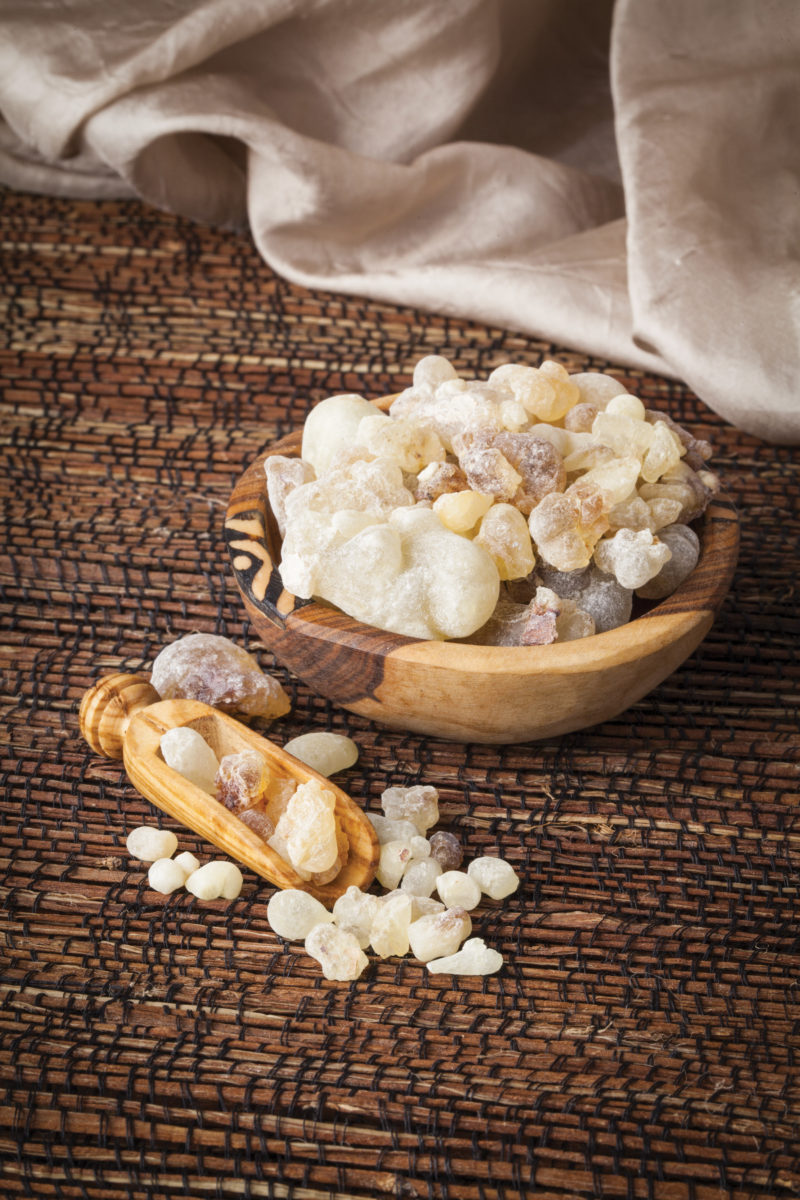
The Anabolic Power Of Herbs
Boswellia serrata: This herb has been researched extensively in India and is a cornerstone of Ayurveda medicine, a type of complementary and alternative treatments that originated in India. Boswellia serrata blocks the pain response by inhibiting activity of 5-lipoxygenase, a major enzyme involved in causing pain and inflammation. This herb can help reduce muscle soreness and improve recovery time.
Suggested Dose: 150 milligrams daily
Devil’s Claw: This herb, native to South Africa, is used extensively in Europe as an anti-rheumatic agent. Its unique name is attributed to its claw-like seed pods that are covered with minute hook-like protuberances. While its mode of action isn’t fully understood, studies suggest that it suppresses the production of compounds called leukotrienes, compounds that have been linked to heightened inflammatory responses. Scientists attribute devil’s claw anti-inflammatory characteristics and pain-relieving abilities to active components within the herb known as harpagosides. This medicinal herb helps relieve arthritic disturbances and muscle soreness, and assists in removing toxins from the bloodstream. Furthermore, devil’s claw improves digestion and facilitates the proper metabolism and breakdown of large amounts of nutrient-dense foods.
Suggested Dose: 200 milligrams standardized to five percent harpagoside daily
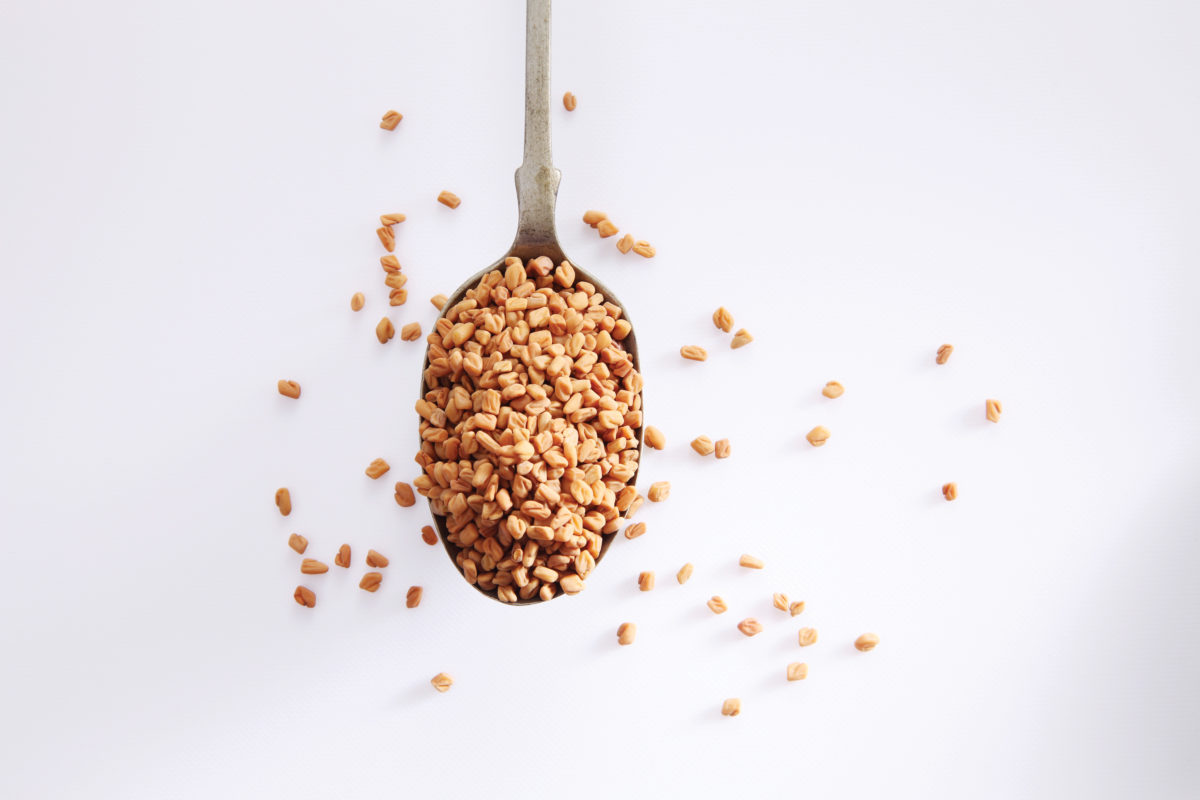
Fenugreek: This herb is best known for its ability to increase appetite and reduce inflammation of the intestinal tract. Recently, researchers have isolated a compound found in fenugreek, named fenusides. Current data indicates that fenusides promote testosterone production, enhance sexual performance, and increase the development of lean muscle mass. Current data also indicates that fenusides encourage androgen production in the adrenal cortex, which in turn can be transformed into testosterone.
Suggested Dose: 600 to 700 milligrams three times daily
Guarana: This Brazilian herb is revered for its ability to combat physical and mental fatigue. Guarana contains about seven percent caffeine, but a key difference between the two is guarana’s sustained release. Researchers report that caffeine in coffee is quickly dumped into the bloodstream, giving you a quick burst of energy, but with an equally quick letdown. Guarana appears to foster a slower release of its caffeine content for more sustained energy, much like casein protein versus the fast-release of amino acids into the bloodstream by whey protein. This occurs due to the fact that caffeine stimulates the release of fats in the blood. Your muscles can then utilize these fats for energy, thus preserving glycogen (fuel stored in the liver and muscles from carbohydrates) for later use. Additionally, researchers at the Human Cognitive Neuroscience Unit at Northumbria University of the United Kingdom found that as little as 75 milligrams of guarana can improve cognitive (mental) functioning and elevate mood and alertness. This can help you reduce pre- and post-mental fatigue, thus speeding up recovery.
Suggest Dose: 50 to 250 milligrams divided in three doses daily
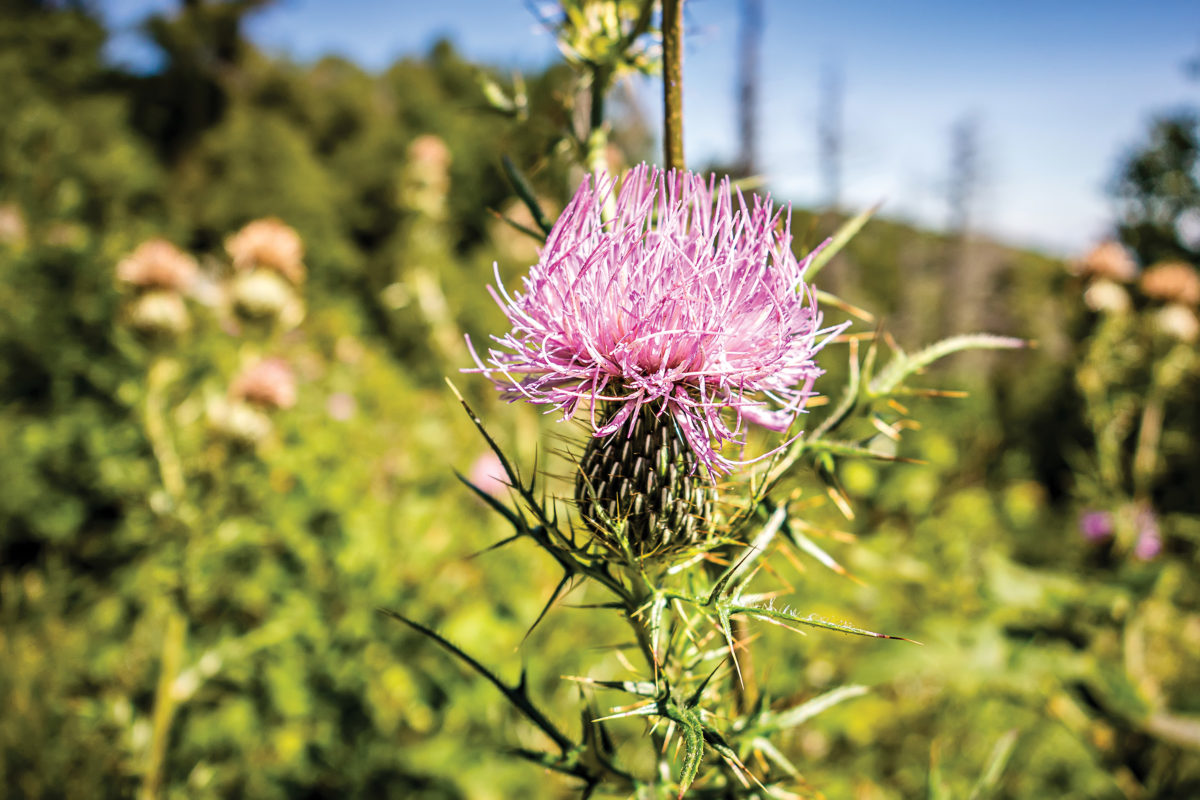
Milk Thistle: Strong, reliable, and consistent data has validated this herb as a liver tonic and detoxifier, as well as its high ORAC capacity. The key point here is the fact that your liver is your primary organ that breaks down medications, drugs, supplements, foods, and other substances, rendering them harmless. As an astute bodybuilder, protecting and preserving your liver function should be a paramount part of your supplement regimen. The acronym ORAC is short for oxygen radical absorbance capacity, which is a test scientists use to measure the total antioxidant power of foods and other substances. Clinical studies have shown that silymarin, the most active ingredient in milk thistle, encourages the production of superoxide dismutase (SOD) and glutathione peroxidase, two of the body’s most powerful antioxidants. These chemicals protect your cells by reducing free radical (rogue chemicals that destroy healthy cells) production and damage. This internal cellular preservation process also helps reduce muscle wasting and muscle soreness, and accelerates healing.
Suggested Dose: 300 to 600 milligrams daily.
Tribulus terrestris: This unique herb also known as puncture vine is gaining notoriety and being called nature’s superherb. Used traditionally in Chinese medicine to treat liver, kidney, urinary, and cardiovascular disorders, it is touted for its ability to stimulate natural testosterone production. Its influence on testosterone release, according to Dr. Ray Sahelian, MD, a well-known physician and herbal expert, may be due to its influence on androgen receptors located in brain cells. Data from a variety of scientific journals have also confirmed the fact that T. terrestris contains a number of steroid saponins. Due to the above factors, this herb can also enhance sexual performance and is used to treat erectile dysfunction. Additionally, its ability to increase muscle energy has been well documented because of its positive influence on the central nervous system. The component thought to be most responsible for this effect is called protodioscin. Studies show that this compound stimulates the production of luteinizing hormone. This hormone is a precursor of testosterone and stimulates its production and all the related anabolic attributes that testosterone can generate, such as lean body mass development, increased metabolism, more strength, and heightened sex drive.
Suggested Dose: Data indicates that 250 milligrams of Tribulus terrestris can improve luteinizing hormone levels by 166 percent and increase testosterone levels by 40 percent
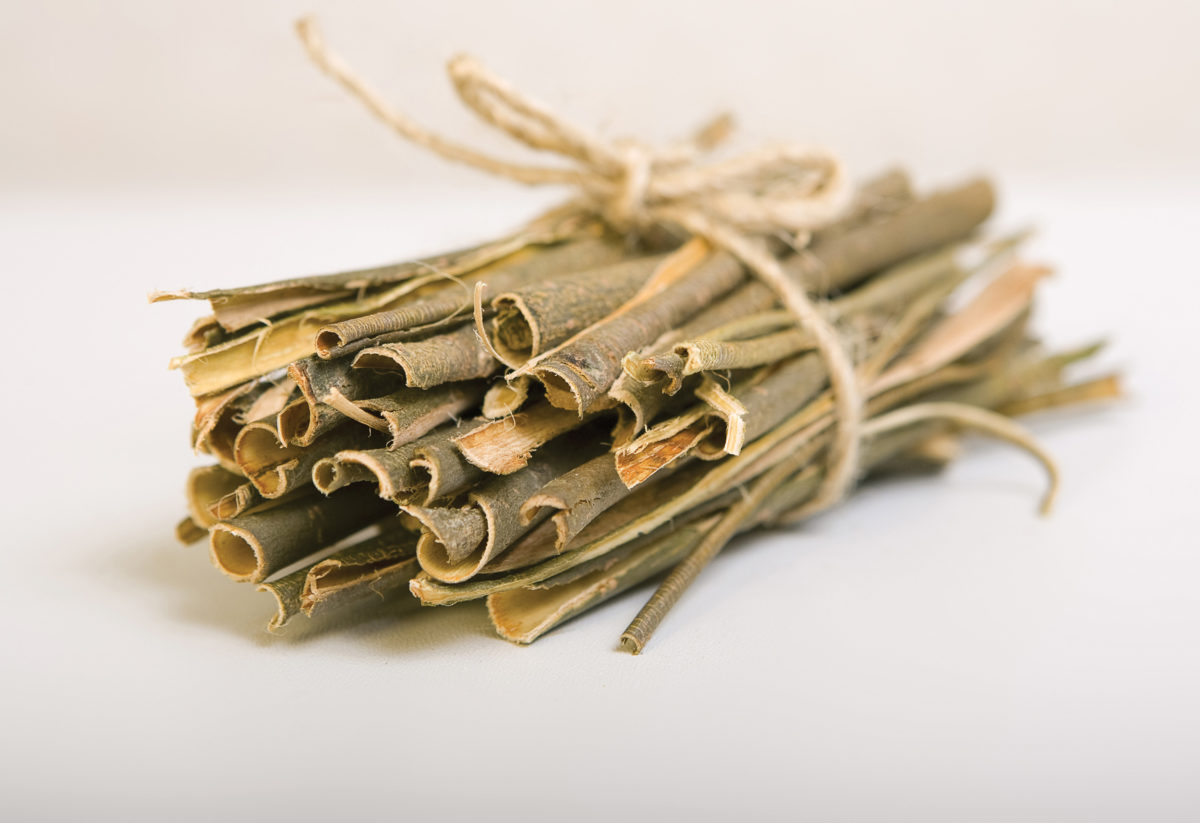
White willow bark medical used in herbal medicine. Salix alba
White Willow Bark: This exceptional herbs use dates back to the Greek physician Hippocrates (400 BC) and contains the natural substances glycoside, salicin, and other salicylates. These compounds chemically are similar in structure to aspirin (acetylsalicylic acid). Salicylic acid has powerful pain-relieving and anti-inflammatory properties. Comparably, white willow bark, like aspirin helps alleviate pain, muscle spasms, swelling of joints, and associated inflammation.
Suggested Dose: 60 to 120 milligrams of standardized white willow bark
Rhodiola rosea: The Physique Herb
Rhodiola rosea, commonly known as golden root, is found in Arctic areas of Europe and Asia. This herb has been a part of the traditional medicine landscape of Russia for several decades. It’s valued for its ability to improve endurance, enhance immunity, and muscle performance, as well as reduce depression, mental fatigue, and impotency. Despite these unique attributes, Rhodiola rosea is best known for its ability to heightened the body’s response to stress. Classified as an adaptogen (a compound that assists the body in modulating stress), R. rosea has been a source of rejuvenation by Russian powerlifters for years. Studies indicate that R. rosea stimulates the parasympathetic nervous system that causes relaxation. In practical terms, the parasympathetic nervous system conserves and restores energy by slowing the heart and respiratory rate. It also reduces metabolism during episodes of physical and mental stress. These actions enable the body to expend more calories, while ironically preserving energy reserves at the same time.
This physiological anomaly was recently confirmed by scientist of the Human Performance Laboratory at Coventry University in the UK. In an updated study appearing in the 2014 edition of the Journal Of Sports Medicine these researchers noted that subjects who supplemented Rhodiola rosea positively influenced rating of perceived exertion (RPE) and exercise affect without changes in energy expenditure or substrate utilization during 30-minute submaximal cycling performance. Also, due to the adaptogenic properties of Rhodiola rosea, this herb stimulates and increases the activity of brain chemicals like monoamines and opioid peptides, better known as beta-endorphins. As you know, endorphins are brain chemicals that act as the body’s natural painkillers. Nonetheless, Rhodiola rosea has gained notoriety here in the US for its ability to modulate the body’s fat-burning and fat-reducing activities.
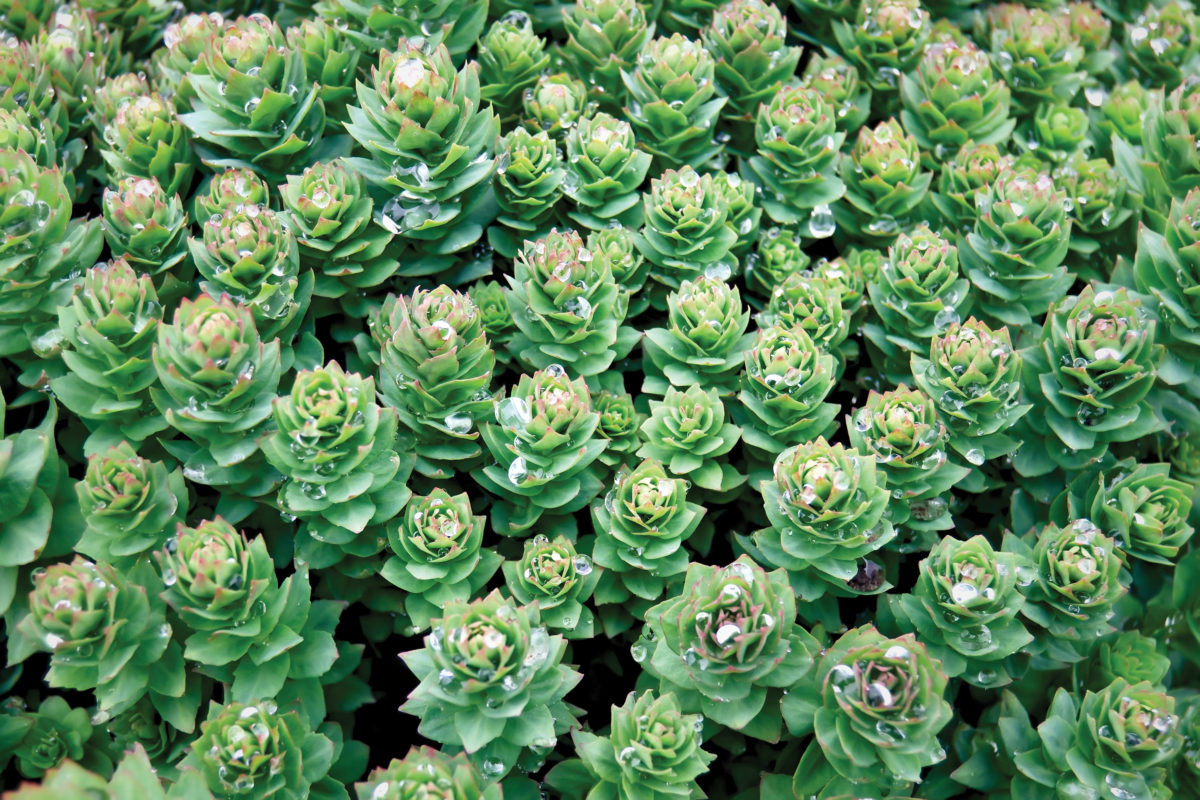
The Anabolic Fat-Burning Connection
Soviet scientist discovered decades ago that Rhodiola rosea improved speed, strength, and muscle density. In fact, when compared to anabolic steroids Rhodiola rosea produced comparable results in accelerating protein synthesis. Also, increases in muscle mass fibers have been attributed to the increased workload capacity that R. rosea affords strength athletes. Additionally, muscle-to-fat ratio is improved by this herbs ability to reduce lipogenic (fat-forming) activity. In fact, researchers in Bulgaria found that Rhodiola rosea increases the biosynthesis of three critical hormones: epinephrine, norepinephrine, and adrenocorticotropic hormones. These hormones stimulate a compound called cyclic adenosine monophosphate (cAMP) in fat cells, which essentially amplifies the actions of a hormone called sensitive lipase enzyme. As a note here, hormone-sensitive lipase, which is triggered by Rhodiola rosea enhances the body’s ability to extract stored fat from fatty tissue.
Contemporary studies also indicate that Rhodiola rosea is as effective as drugs like Xenical (orlistat) known as lipase inhibitors. Lipase inhibitors work by preventing the absorption of fat in the gastrointestinal tract, thus minimizing their absorption. Lastly, high levels of chemicals known as caffeic, chlorogenic, and gallic acids found in Rhodiola also have definitive fat blocking capabilities.
The fact that this report can’t cover all of of herbs that can assist you in reaching and maintaining your physique goals is a testament to how many available herbs can bring value to the supplement regimen of a physique athlete. Wherever your muscle-building trails take you, herbs are powerful medicinal agents that offer you a wide range of performance- and recovery-enhancing benefits. They are truly nature’s original anabolic workforce.






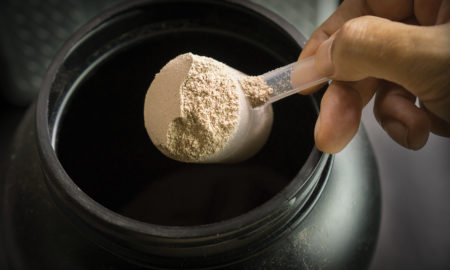
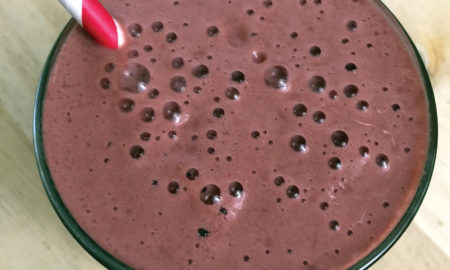














You must be logged in to post a comment Login